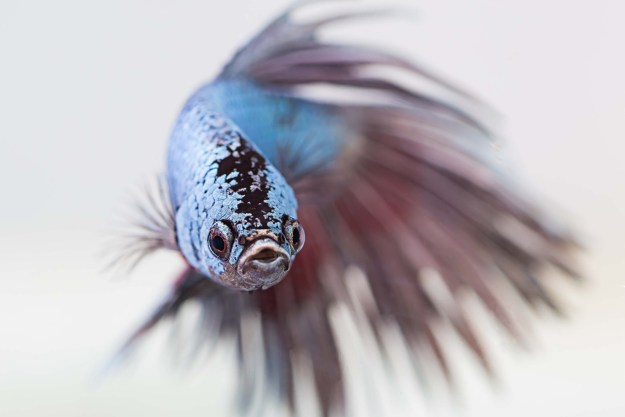If it feels like every dog parent you know has or has had a Labrador retriever, you may not be imagining it. The friendly and active breed is wildly popular. The Labrador retriever has ranked atop the American Kennel Club’s (AKC) list of most popular dog breeds for 30 straight years.
Loving Labs have appeared on the big and small screens. There’s Zuma from Paw Patrol, Marley from Marley and Me, and Little Boo from the Netflix hit Orange Is the New Black. Labrador retrievers are such good pups they get jobs as guide, service, and bomb-sniffing dogs.
Labs typically come in three colors: black, chocolate, and yellow. Each typically grows to be between 21 and 25 inches tall and 55 to 80 pounds. Labrador retriever characteristics vary from dog to dog, but generally, these animals have sweet faces and even kinder dispositions. Here’s what to know about these popular pups.

What are the best qualities of a Labrador?
Labrador retrievers have so many great characteristics that it’s challenging to pick just a few. These are some of the many reasons people love Labs.
Labs are great with young children
These dogs are not only great companions for adults-only households. They also make loving first pets for children. Be sure to monitor interactions between little ones and Labs, though. Even the sweetest animal can lose patience after a toddler pokes them in the eye for the 12th time.
They get along with other dogs
Multi-pet households, rejoice. If your current dog is good with other pets, adding a Lab to your home is a safe bet. Also, your current Labrador retriever will probably accept a new friend. Labs generally get along well with other pets. That said, not all Labs do. It’s a good idea to schedule a doggie meet-and-greet to see if the canines hit it off before adding a new one to your home.
Labrador retrievers take well to strangers
Though our pets spend much of their time in our homes, the ability to get along with strangers is a great quality to have. When a pet accepts strangers, it makes hosting people and going on adventures together easier. Getting along with strangers is one of many common Labrador retriever characteristics people love.
They’re easy to train
Labs are very eager to please, intelligent, and adaptable, so they typically take to training well. That’s likely why this breed commonly lands gigs as guide and service dogs.
Even though labs are naturally great dogs, it’s always good to sign them up for training early. It helps them learn basic commands, be the best version of themselves, and bond with you.
Labs are playful and active
If you’re looking for a new playmate for yourself or a child or a running buddy, a Lab may be the perfect pet for you. These dogs are always up for a fun romp in the backyard, walk, or trip to the park. Labs need plenty of physical activity, but their cheerful demeanor and love for you make getting a move -on a blast.
What are the worst qualities of a Labrador?
No pups are perfect. Even labs have their drawbacks.
- Shorter lifespan. Labs typically live 10 to 12 years, which is not as long as other dogs. For example, according to the American Kennel Club, the Chihuahua can live up to 16 years.
- Shedding. Though Labs have short coats, they shed quite a bit. They can’t help it, but some pet parents prefer low-shed dogs for allergy or housekeeping purposes.
- High energy. Labs have a ton of energy. Because they are so bright, they need a ton of mental stimulation, too. They thrive in homes with the time and energy to engage them in lots of physical and mental activity, from jogging to food puzzles.
Do Labradors make good family dogs?
There’s a reason these pups are so popular. Labrador retrievers make great family pets. They are usually very good with young children and other pets. Since Labs want nothing more than to please their humans, they’re typically easy to train.
Labs do well with active families who have time to get them all the physical activity they need. After a rousing game of fetch or swim, Labs are more than happy to snuggle at your feet. They are very affectionate and loving pets.
Many Labrador retriever characteristics make them phenomenal pets. They’re good with young children and other dogs, so they fit in nicely with many types of families. Labs are typically easy to train, so they also make top-notch service animals. These pups are playful, active, and high-energy. There are so many reasons to love Labs that it’s sad they can’t be with us longer. Labrador retrievers typically live 10 to 12 years, though some may be around longer. Enjoy your Labrador retriever while you can by taking them on long walks and trips to the park. They’re also happy to cuddle with you.
Editors' Recommendations
- Are ‘dog years’ really 7 human years? How to calculate your dog’s age
- Do puppies sleep a lot? These are the perfectly normal sleeping habits of a healthy pup
- Pet-safe pest control: This genius technique will get rid of pesky ants
- A simple guide to what to feed tadpoles in your aquarium
- Where to put a dog crate in your house depends on these important factors





